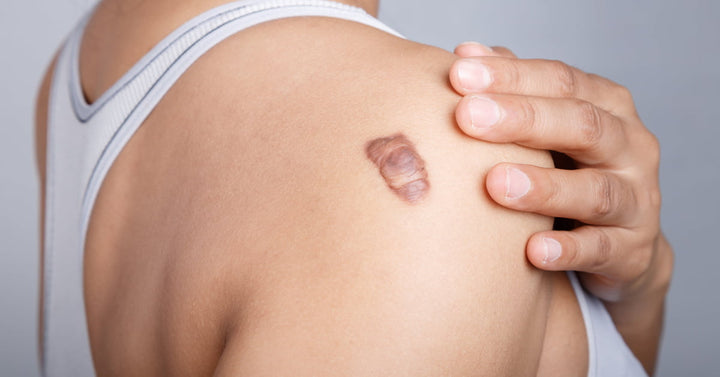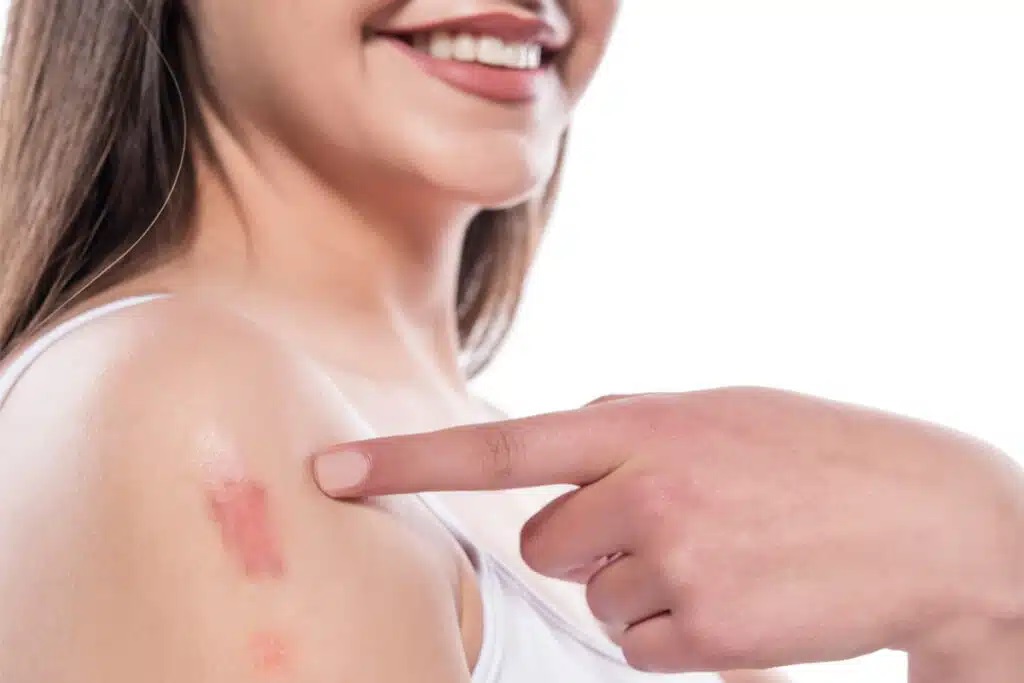Wound healing is a fundamental aspect of healthcare, impacting millions worldwide. From minor cuts to severe burns and chronic ulcers, the ability to heal wounds efficiently and effectively is crucial for overall health and well-being. Over the years, advancements in medicine have revolutionized wound care, shifting from traditional remedies to cutting-edge innovations. Today, researchers and clinicians are striving for solutions that not only heal wounds but also minimize scarring and restore skin’s natural function and appearance.
The Science of Wound Healing
Phases of Wound Healing
Wound healing is a complex biological process involving four distinct phases:
- Hemostasis: This initial phase occurs immediately after an injury. Blood vessels constrict, and platelets aggregate to form a clot, preventing further bleeding.
- Inflammation: Immune cells, such as macrophages and neutrophils, migrate to the site to clear pathogens and debris, while releasing cytokines and growth factors.
- Proliferation: Fibroblasts and keratinocytes proliferate to form new tissue, while endothelial cells create new blood vessels through angiogenesis.
- Remodeling: Collagen fibers are reorganized, strengthening the tissue and closing the wound. However, this phase often results in scar formation rather than perfect regeneration.
Types of Wounds and Healing Challenges
Wounds are generally categorized as acute or chronic:
- Acute wounds: Heal within expected timelines (e.g., surgical incisions, minor injuries).
- Chronic wounds: Persist longer due to complications like infection or poor circulation (e.g., diabetic foot ulcers, pressure ulcers).
Key factors affecting wound healing include:
- Patient’s age, nutritional status, and underlying health conditions.
- Environmental factors like moisture, oxygenation, and the presence of pathogens.
- Risk of excessive scarring or fibrosis due to overactive healing responses.
Advances in Wound Healing Technologies
Biomaterials and Dressings
Innovative dressings play a crucial role in modern wound care. Advanced materials include:
- Hydrogel and hydrocolloid dressings: Maintain a moist environment, enhancing healing.
- Antimicrobial dressings: Incorporate silver, iodine, or honey to prevent infection.
- Smart dressings: Embedded with sensors to monitor pH, temperature, or bacterial activity in real time.
Stem Cell Therapy
Stem cells have become a game-changer in wound healing. Mesenchymal stem cells (MSCs) are particularly effective due to their ability to differentiate into various cell types and release growth factors.
- Applications:
- Chronic wound treatment, including diabetic ulcers.
- Regeneration of burn injuries and extensive skin loss.
- Recent advancements in stem cell delivery systems, such as encapsulated cell therapies, have improved their efficacy and safety.
3D Bioprinting for Skin Regeneration

3D bioprinting is revolutionizing the creation of skin grafts. Using bio-inks composed of cells and biomaterials, researchers can print skin layers tailored to individual needs.
- Applications:
- Burn victims benefit from grafts that mimic natural skin.
- Development of skin with pigmentation and vascularization for a natural look.
- Clinical trials have demonstrated the potential for faster recovery with bioprinted grafts.
Growth Factors and Cytokines
Growth factors like VEGF (vascular endothelial growth factor), PDGF (platelet-derived growth factor), and EGF (epidermal growth factor) are pivotal in accelerating tissue repair.
- Innovations:
- Nano-carriers for localized delivery of growth factors.
- Combination therapies to enhance tissue growth and minimize fibrosis.
Gene Therapy and Epigenetics
Gene-editing tools such as CRISPR-Cas9 are being used to enhance wound healing by targeting specific genes.
- Examples:
- Upregulating genes that promote collagen deposition.
- Silencing genes responsible for excessive scar tissue.
- Epigenetic interventions are also being explored to regulate gene expression during healing.
Artificial Skin Substitutes
Artificial skin substitutes are essential for treating severe injuries and burns.
- Types:
- Biologic: Derived from animal or human tissues.
- Synthetic: Made from polymers.
- Hybrid: Combines biologic and synthetic materials.
- Advanced substitutes now include features like elasticity, sensation, and pigmentation.
Role of Nanotechnology
Nanotechnology offers innovative solutions to improve wound care:
- Nanoparticles: Deliver antibiotics or growth factors directly to the wound site.
- Nanofiber scaffolds: Provide structural support for cell attachment and tissue growth.
- Antimicrobial nanocoatings: Prevent infections in chronic wounds.
Cosmetic and Functional Aspects of Wound Healing
Reducing Scar Formation
Reducing scarring is a major focus in wound healing research:
- Anti-scarring agents: Target fibroblast activity to limit excessive collagen production.
- Laser therapy and micro-needling: Revise scars and improve skin texture.
- Silicone-based treatments: Proven to flatten and lighten scars.
Enhancing Skin Aesthetics
- Pigment restoration: Techniques like micropigmentation restore skin color.
- 3D bioprinting: Customizes skin appearance with natural pigmentation.
- Hair follicle regeneration: Improves aesthetics and functional recovery.
Functional Rehabilitation
- Restoring mobility and sensation in healed areas is critical for quality of life.
- Physical therapy and advanced prosthetics are key components of rehabilitation.
- Innovations in nerve regeneration are enhancing functional recovery.
Success Stories and Case Studies
Advanced wound healing technologies have already achieved significant milestones:
- Burn victims: Bioprinted skin grafts have reduced recovery times and improved outcomes.
- Diabetic ulcers: Stem cell treatments have shown remarkable success in healing chronic wounds.
- Trauma injuries: Growth factor therapies have minimized scarring and restored function.
Challenges and Ethical Considerations
Technical and Biological Barriers
- Achieving full skin functionality, including pigmentation and sensation, remains challenging.
- Vascularization and integration with existing tissue are ongoing hurdles.
Regulatory and Ethical Issues
- Approval processes for advanced therapies are lengthy and rigorous.
- Ethical concerns arise from the use of embryonic stem cells and genetic modifications.
Accessibility and Cost
- High costs of advanced treatments limit access for many patients.
- Bridging the affordability gap is essential to ensure equitable healthcare.
Future Directions in Wound Healing
Personalized Medicine
- Genetic profiling allows for tailored treatment plans.
- AI-driven tools predict healing outcomes and optimize therapies.
Advanced Biomaterials
- Smart materials adapt to different phases of healing.
- Bioelectronic devices stimulate tissue repair.
Organ and Skin Regeneration
- Bioengineered skin with complete functionality, including nerves and blood vessels, is on the horizon.
Multidisciplinary Research
- Collaboration between biologists, engineers, and AI experts is accelerating progress in wound care.
Conclusion
The field of wound healing has seen remarkable progress, from stem cell therapies to 3D bioprinting and nanotechnology. These innovations not only aim to heal wounds but also strive for scar-free, functional, and aesthetically pleasing outcomes. With continued research, investment, and collaboration, the dream of replacing scars with new, natural skin is becoming a reality.


